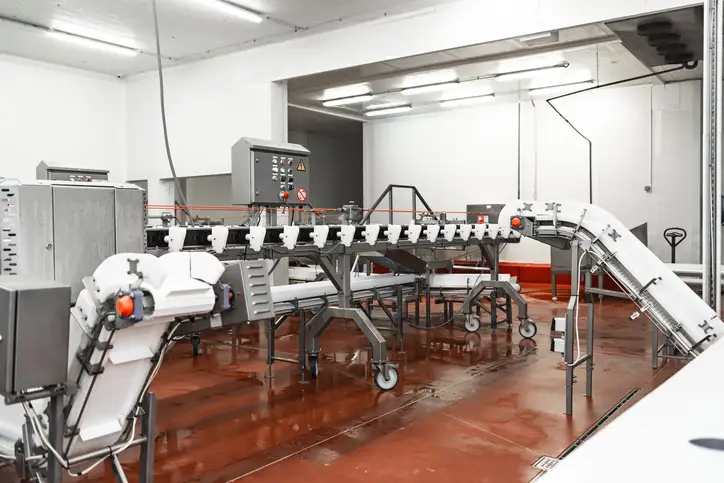Your energy efficiency journey starts here
Discover free tailored tools and resources to help your business in the meat processing sector save money and be more energy efficient.
Red meat, green energy
New Zealand’s first high temperature heat pump was installed at Alliance's Nelson plant in 2019. Within its first year of operation diesel use was reduced by 44% and on-site electrical efficiency was improved.
Tools and resources
You’re keen to make your meat processing business more energy efficient. You know it’ll help you reduce costs, create value, and future-proof your business. But you also might be wondering where to start – don’t worry, we've got you covered.
Simply follow our 5-step pathway below to discover practical tools and resources to help you identify, measure, and lower your energy use. Work your way through them at your own pace, put the lessons into practice, and start seeing results.
5 steps to reduce your energy use
The Meat Processing Pathway starts with energy efficiency. If you're aiming to reduce reliance on fossil fuels, start by taking steps to improve existing processes, equipment and operations. You'll save on your energy bills immediately, and your transition will be more efficient and more cost effective.
The pathway has been broken down into 5 steps. Each step provides practical information for meat processors, no matter how far along the energy efficiency journey you are.

Step 1: Increase engagement and awareness
Understanding how to prioritise your efforts is a crucial first step. Here you’ll find out how to focus your work, while also engaging your staff.
Step 2: Measure energy use and set targets
The most important step in energy management and conservation is measuring and accounting for energy consumption. In this section, you’ll learn how to calculate a baseline for your energy use, so you can gauge how your facility is performing and track progress against future improvements.
Step 3: Optimise equipment and improve processes
Reviewing and adjusting the way your equipment is performing can be a big win for energy reduction, cost reduction, and increased productivity.
Step 4: Reduce energy demand
New technology or upgrades to existing processes can reduce your energy demand.
Step 5: Switching to alternative fuel options
Fuel switching to alternative energy sources is the final step in becoming more energy efficient. By following steps 1-4, you'll be in the best position to make an informed decision about fuel switching, in the most cost-effective way.
Wayfinder
-
Stay up to date as we release new resources
-
Find other support opportunities
-
Browse sector pathways



